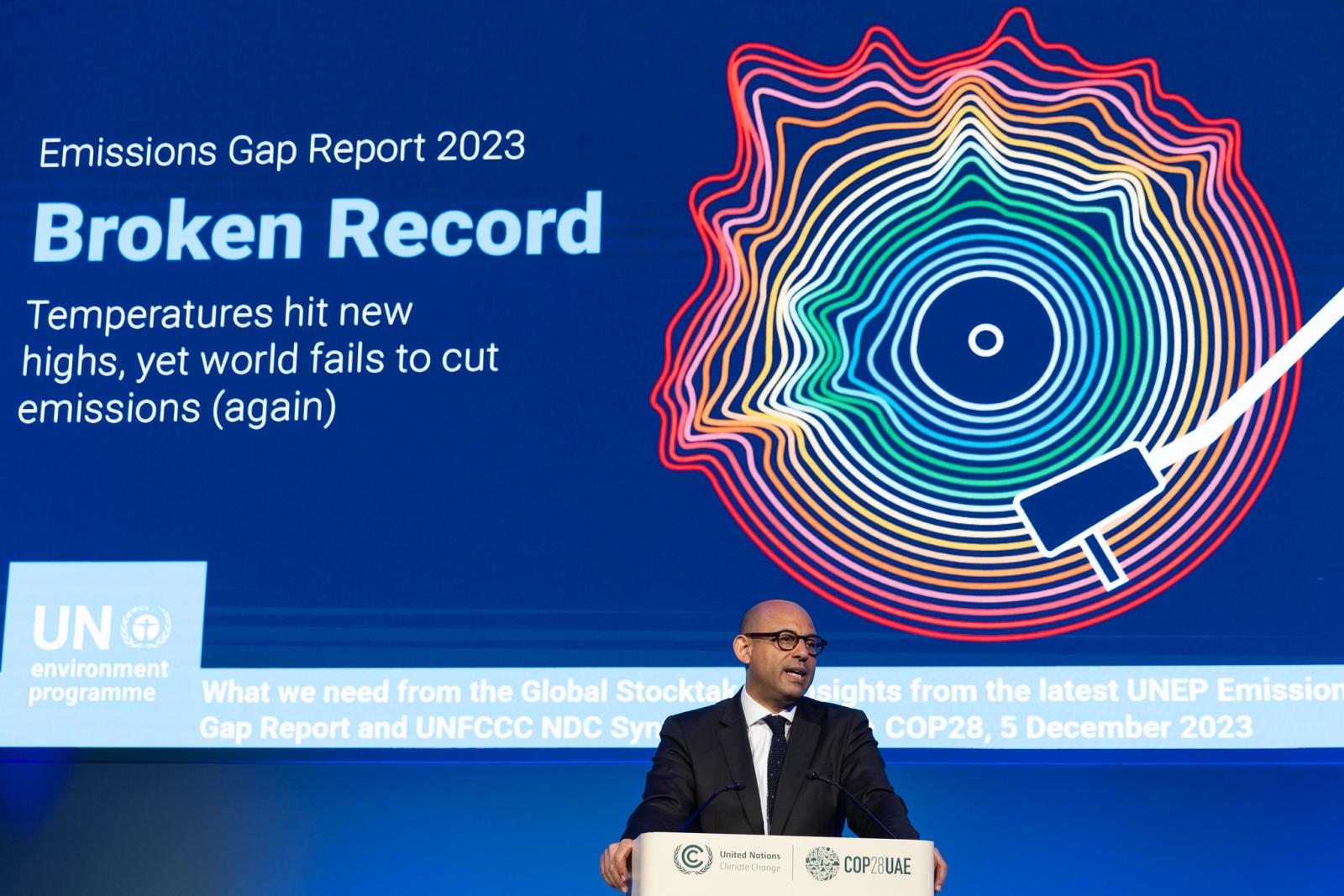Much work has been carried out to identify the neural correlates of the appreciation of beauty of faces, visual art, dance and music (Aharon 2001; Cela-Conde 2004; Jacobsen 2006; Kawabata 2004; O'Doherty 2003; Rhodes 2007; Senior 2003; Vartanian 2004). However, two important issues remain elusive. On the one hand, the possibility of differences between men and women, and on the other, the evolutionary forces that may have shaped this human capacity.
In order to address both issues, and as an extension of previous work, the research group Human Evolution and Cognition (IFISC/CSIC-UIB http://evocog.es/en.html) has recently provided neuroimaging evidence for possible differences between genders in the appreciation of beauty (Cela-Conde 2009). Magnetoencephalography (MEG) –a technique that detects changes in the magnetic fields generated by the postsynaptic activity of neurons in the brain– was used to record female and male participants’ brain activity while they performed a beauty appreciation task on artistic and non-artistic visual stimuli. A large amount of photographs of landscapes, cityscapes, designs and reproductions of paintings were presented to them on a computer screen and participants were asked to indicate whether they considered each stimuli to be beautiful or not. The participants were naïve to art in general and, furthermore, only quite unknown paintings were used in the experiment in order to avoid memory effects due to recognition.
The resulting brain activity that was found to correlate with when participants rated a painting to be beautiful showed two main findings: Activity in parietal regions was found in both genders indicating, firstly, that the processing of spatial relations is a key feature in beauty appreciation and, secondly, that the said activity was found to be bilateral in women, whereas it was confined to the right hemisphere in men. The authors give an evolutionary account on the possible reasons for this difference.
Regarding the first finding, Kosslyn proposed two different kinds of processing of spatial relations between objects. One being categorical spatial processing which refers to the processing of relations between two positions of objects in categories of location in relation to other elements, and the other being the coordinate spatial manner of processing, which implies processing preferably metrical information about distances between objects (Kosslyn 1987). The former has been shown to imply processing in parietal regions of the left cerebral hemisphere, whereas the latter is more related to processing in the right hemisphere. Thus complementary literature suggests that in general men prefer to rely on coordinate spatial relation processing than on the categorical, whereas the opposite is true for women (Okubo 2004).
Consequently, the differential neural correlates found between men and women may indicate how the selective evolutionary processes shaped human male and female beauty appreciation and preferences, and confirms the models of human evolution that assume different adaptive strategies in our male and female ancestors. According to the Hunter-Gatherer Hypothesis (Silverman 2000), the strategy used by women and men are related to our ancestors’ division of labor into animal tracking versus foraging for plant food. Processing spatial relations in a coordinate manner is assumed to provide greater adaptive advantage for hunting, while recognition of relations between objects and their contents would be a highly adaptive strategy for foraging.
In conclusion, this evidence indicates that the processing of spatial relations appears to be a key feature of beauty appreciation – a fact which is shown by the evidence that in both genders there are activity correlates in spatial processing regions. Conversely, the difference between the genders may be due to a different evolutionary pathway grounded in the division of labor in our ancestors’ primitive societies. Thus, the study showed that even today women relay on global and local features, whereas men preferably use local features in beauty appreciation. This is also in accordance with findings from classic behavioral studies on aesthetic preferences of artworks in men and women. Generally, men prefer abstract art where the relations between elements is not a predominant criteria as it might be in figurative art, which, on the other hand side, has been shown to be preferred by women (Bernard 1972; Polzella 2000).
Although research on the neural and evolutionary correlates of gender differences in aesthetic appreciation and preference is still in its infancy –and conclusions can only be speculative– the current work draws up an interesting panorama of a fascinating field of study remaining to be explored by research still to come.
Aharon, I., Etcoff, N., Ariely, D., Chabris, C. F., O'Connor, E., & Breiter, H. C. (2001) Neuron, 32(3), 537-551.
Bernard, Y. (1972) Perceptual and Motor Skills, 34(2), 663-&.
Cela-Conde, C. J., Ayala, F. J., Munar, E., Maestu, F., Nadal, M., Capo, M. A., et al. (2009) Proceedings of the National Academy of Sciences of the United States of America, 106(10), 3847-3852.
Cela-Conde, C. J., Marty, G., Maestu, F., Ortiz, T., Munar, E., Fernandez, A., et al. (2004). Activation of the prefrontal cortex in the human visual aesthetic perception. Proceedings of the National Academy of Sciences of the United States of America, 101(16), 6321-6325.
Jacobsen, T., Schubotz, R. I., Hofel, L., & Cramon, D. Y. V. (2006) Neuroimage, 32(1), 486-487.
Kawabata, H., & Zeki, S. (2004) Journal of Neurophysiology, 91(4), 1699-1705.
Kosslyn, S. M. (1987). Seeing and Imagining in the Cerebral Hemisphere: a computational approach. Psychological Review, 94(2), 148-175.
O'Doherty, J., Winston, J., Critchley, H., Perrett, D., Burt, D. M., & Dolan, R. J. (2003). Beauty in a smile: the role of medial orbitofrontal cortex in facial attractiveness. Neuropsychologia, 41(2), 147-155.
Okubo, M., & Michimata, C. (2004) Journal of Cognitive Neuroscience, 16(9), 1576-1582.
Polzella, D. J. (2000) Perceptual and Motor Skills, 91(1), 251-258.
Rhodes, G., Yoshikawa, S., Palermo, R., Simmons, L. W., Peters, M., Lee, K., et al. (2007) Perception, 36, 1244-1252.
Senior, C. (2003) Neuron, 38(4), 525-528.
Silverman, I. (2000) Evolution and Human Behavior, 21, 201-213.
Vartanian, O., & Goel, V. (2004) NeuroReport, 15(5), 893-897.
 Julia Frimodt Christensen
Julia Frimodt Christensen
Human Systematics, University of the Balearic Islands
 Marcos Nadal Roberts
Marcos Nadal Roberts
Neuroestetica, University of the Balearic Islands


